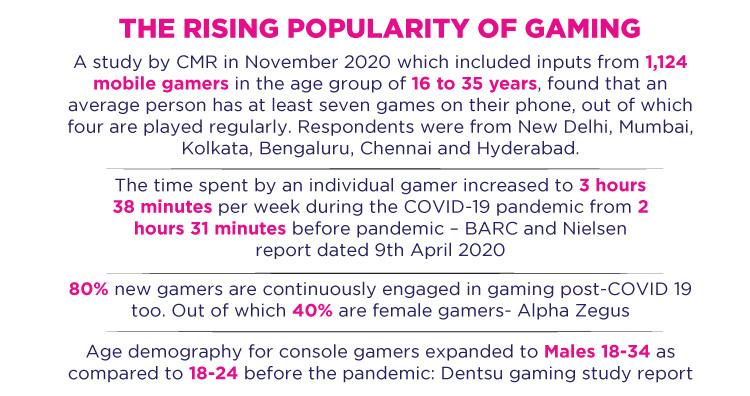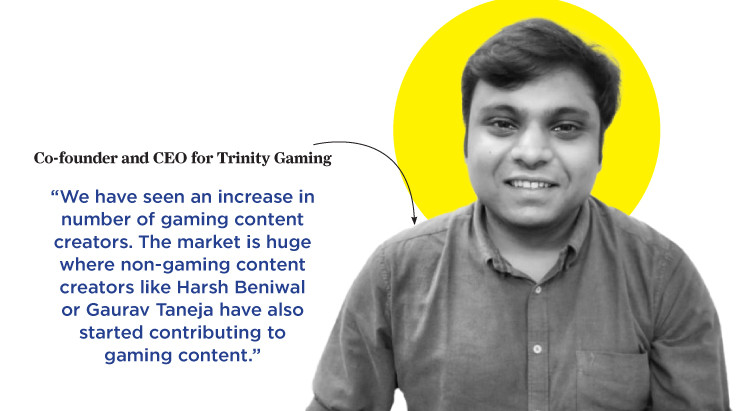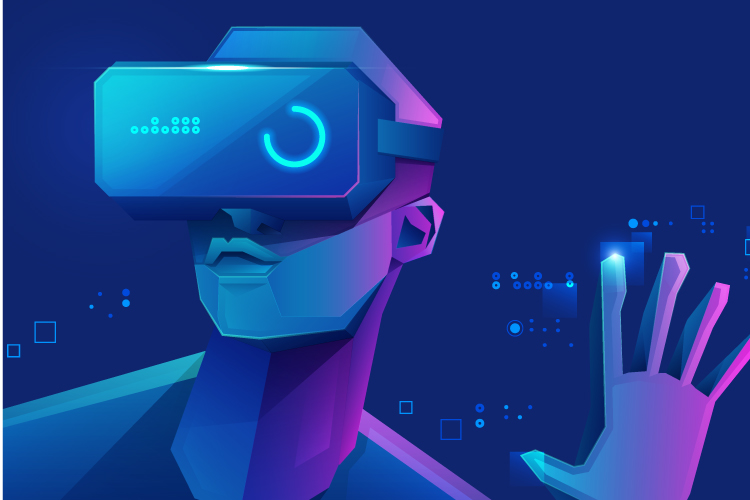The Indian gaming market was estimated to be valued at USD 1.02 billion in 2020, and it is expected to reach USD 4.88 billion by 2026, registering a CAGR of 20.83% over the forecast period 2021 – 2026. With one of the world’s largest youth populations, India is expected to become one of the world’s leading market destinations in the gaming industry.
Rajan Navani, MD and CEO of JetSynthesys says “Being a key digital player, gaming and esports and Metaverse opening up, the GenZ and millennials will be seen spending hours and hours on these platforms. People want to own assets in the virtual world. We are in the business of selling virtual goods. Today, people are buying virtual products to socialize and therefore it is a massive opportunity for the gaming ecosystem. It is an extension of what we do and this will enable us to engage with the users deeply.”

Looking forward Navani says, “The revenue from advertisers as well as consumers will continue to grow significantly. Advertisers will enter the space in multiple ways. It is and will continue to give advertisers multiple opportunities in the ecosystem to promote their products and reach the right audience size.”
For many marketers and advertisers, there is a mixed feeling for live gaming events. Due to the pandemic, several LAN gaming IPs went offline. Rohit Agarwal of Alpha Zegus says, “It will be an exciting period for all marketers and advertisers targeting the gaming audience. When the world opens up, the upcoming years will enable us to provide brands an opportunity to reach its audience through live events. Before the pandemic, we engaged in several live events. The entire experience for audience as well as brands will rise multi-fold. I am looking forward to it with keen eyes.”
However, Prashant Jain, HP India, feels, “There is a need for human connect. The model of live events was effective before Covid. But will we go back to a similar model? I am not sure. I think it will be much more of a Hybrid model. People have become used to enjoying virtual content by staying back in the comfort of their homes. But there might be a few who would love to go out and enjoy the live event.”
Anirudh Pandita and Ashwin Suresh, Founders, Loco say “The economic model of NFTs is that it enables a secondary market. Traditional publishers are still hesitant about NFTs but new age publishers will build such in-game technology to enable a market for NFTs. It is a great opportunity for game publishers. Similarly, when free-to-play games entered the market it enabled in-app purchases. Traditional publishers were hesitant about that too, but now they have adopted it for creating a secondary revenue model.”
They further add, “But we have to look at how these new publishers develop their games to enable transaction of NFTs. There is a new and interesting field available for publishers to develop NFT based games.”
Zynga recently hired Matt Wolf as Vice President to spearhead the integration of NFTs and Blockchain Technology into Zynga’s Diverse Gaming Ecosystem, Akshay Bharadwaj, General Manager for Zynga says, “NFTs and Metaverse is the buzz word when we look at the future of gaming industry. We have recently started to build this division. The vision is that we love the idea of open platforms where users own the content. So we want to look at the large audience to make it more fun and social.”
Looking at the future of NFTs at Hungama platforms, Siddhartha Roy said “The largest drivers of the NFTs will be through gaming business. But it won’t be limited to gaming and will extend to various sectors as well. We are looking at the entire NFT space in a very interesting manner. Over the next couple of quarters while building our IPs, there would be an interesting area where we can bring in NFTs.”























